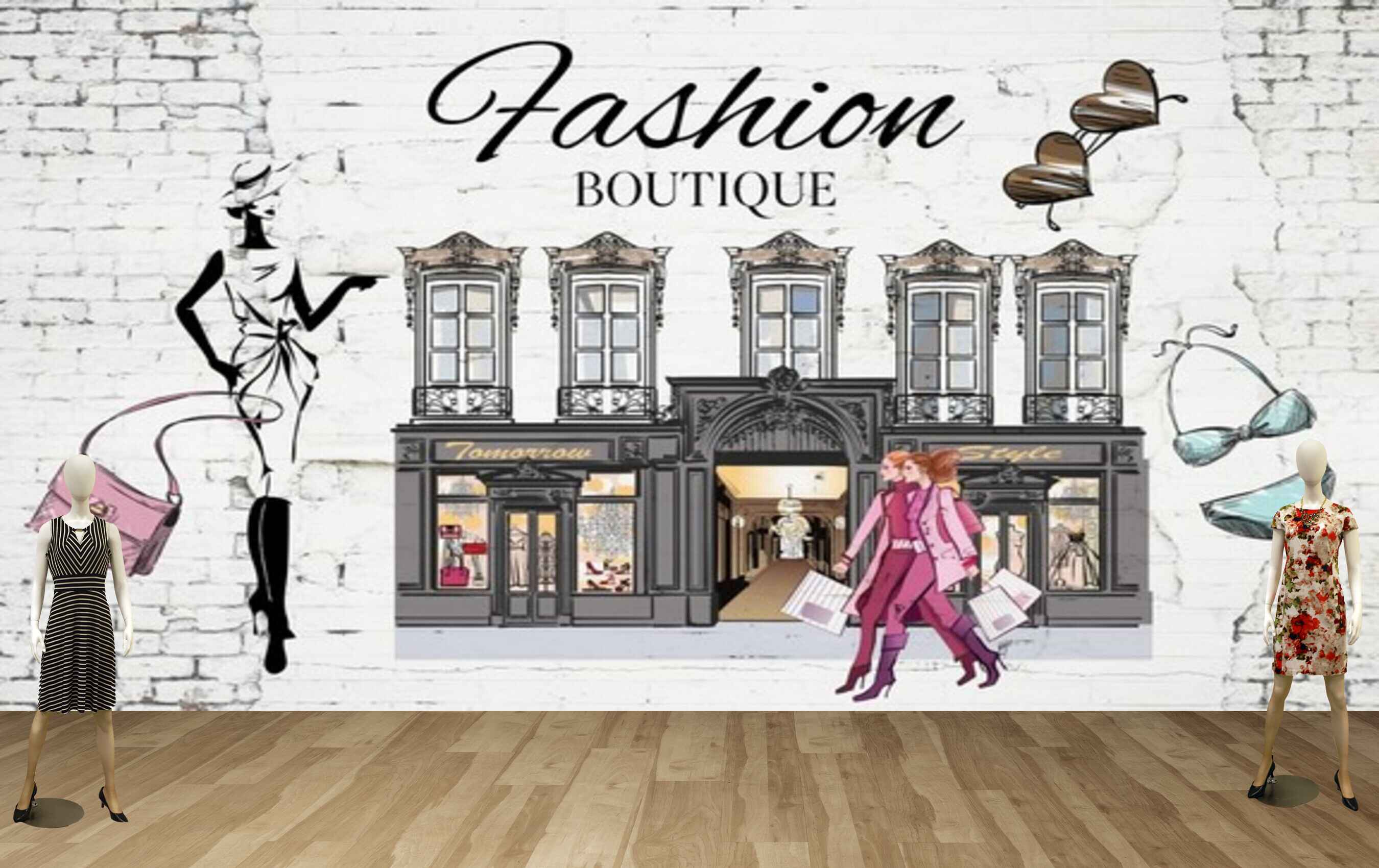Chic Elegance: Unveiling the Allure of Women’s Designer Boutiques
Chic Elegance: Unveiling the Allure of Women’s Designer Boutiques
Blog Article

In a world where individuality and style reign supreme, women's designer boutiques stand out as sanctuaries of chic elegance. These unique retail spaces not only showcase the latest trends but also embody the art of personal expression through curated collections from renowned and emerging designers alike. Shoppers are not merely buyers but are invited to immerse themselves in an experience that celebrates quality, craftsmanship, and the finer things in life.
Visiting a women's designer boutique is much more than a shopping trip; it is an opportunity to discover pieces that tell a story and reflect one's identity. From luxurious fabrics to intricate designs, every item is selected with meticulous attention to detail. In these boutiques, women can find sophisticated garments that elevate their wardrobes, ensuring they step out with confidence and style. The allure of these exclusive spaces lies in their ability to create a connection between the designer’s vision and the client's personal flair, all while embracing the essence of chic elegance.
The Evolution of Women's Designer Boutiques
The emergence of women's designer boutiques can be traced back to the late 19th and early 20th centuries, when fashion designers began to establish their own labels and sell directly to consumers. During this period, salons and tailored shops became popular, reflecting the growing demand for unique, high-quality clothing. Women sought to distinguish themselves through personalized fashion, which led to the rise of small-scale operations where skilled artisans crafted custom garments. This marked the beginning of a more intimate shopping experience, where clients could receive personalized attention and bespoke services.
As the decades progressed, particularly in the mid-20th century, women's designer boutiques began to thrive in urban centers. Shops like those in New York's garment district catered to a clientele that valued exclusivity and style. Designers like Coco Chanel and Dior revolutionized women's fashion, and their creations became highly sought after. The boutique model allowed these designers to showcase their collections in a more curated environment, offering a carefully selected array of items that emphasized both luxury and individuality. The appeal of shopping in a boutique setting contrasted sharply with the mass-market retail environments that became prevalent post-World War II.
In recent years, the concept of women's designer boutiques has evolved further, influenced by global fashion trends and the rise of online shopping. Many boutiques now blend traditional brick-and-mortar experiences with e-commerce to reach a wider audience. Social media plays a significant role in this evolution, allowing boutiques to connect with customers around the world and showcase their unique offerings. Today, women's designer boutiques not only serve as a platform for established designers but also support emerging talent, making them a vital part of the contemporary fashion landscape.
Key Features of a Successful Boutique
A successful women's designer boutique stands out through its curated selection of high-quality fashion that reflects current trends as well as timeless elegance. This carefully curated assortment includes garments, accessories, and footwear from renowned designers that cater to a discerning clientele. A boutique that offers exclusive pieces not found in larger retail chains creates a unique shopping experience that draws in fashion enthusiasts seeking individuality and style.
Another vital feature is exceptional customer service. The ability to provide personalized attention and styling advice can greatly enhance the shopping experience. Knowledgeable staff who understand fashion and can assist customers in discovering pieces that suit their body types, personal tastes, and lifestyles help foster a loyal customer base. This one-on-one interaction makes shopping at a boutique more than just a transactional experience; it becomes a memorable journey.
Additionally, the ambiance of the boutique plays a crucial role in its success. An inviting atmosphere that blends sophistication with comfort allows customers to feel at ease while exploring the collections. Thoughtful design choices, such as elegant displays, soft lighting, and curated music, can significantly contribute to the overall experience. When customers feel welcomed and inspired by the environment, they are more likely to return and recommend the boutique to others.
The Future of Women's Fashion Retail
The landscape of women's fashion retail is rapidly evolving, driven by changes in consumer behavior and technological advancements. As shoppers increasingly turn to online platforms, women's designer boutiques are adapting to provide seamless omnichannel experiences. This means integrating physical and digital spaces, allowing customers to browse collections online while enjoying personalized in-store experiences. Boutiques are leveraging technology to enhance customer engagement, utilizing social media to showcase new arrivals and hosting virtual events to maintain a connection with their clientele.
Sustainability is becoming a priority in the fashion industry, and women's designer boutiques are at the forefront of this movement. Many brands are committing to ethical sourcing and environmentally friendly practices, appealing to consumers who value sustainability alongside style. The future will see a rise in boutiques that not only offer exclusive designer pieces but also prioritize transparency regarding their manufacturing processes and materials. This shift toward responsible fashion is expected to reshape consumer preferences, encouraging a new wave of chic elegance grounded in sustainable principles.
Compare Options
Moreover, inclusivity is set to play a significant role in the future of women's fashion retail. Designer boutiques are increasingly recognizing the importance of catering to diverse body types, styles, and cultural backgrounds. By expanding their size ranges and embracing a broader definition of beauty, boutiques can create an inclusive shopping experience that resonates with a wider audience. This focus not only enhances brand loyalty but also reflects a more progressive view of fashion, where every woman feels empowered to express her unique style through the offerings of women's designer boutiques.
Report this page